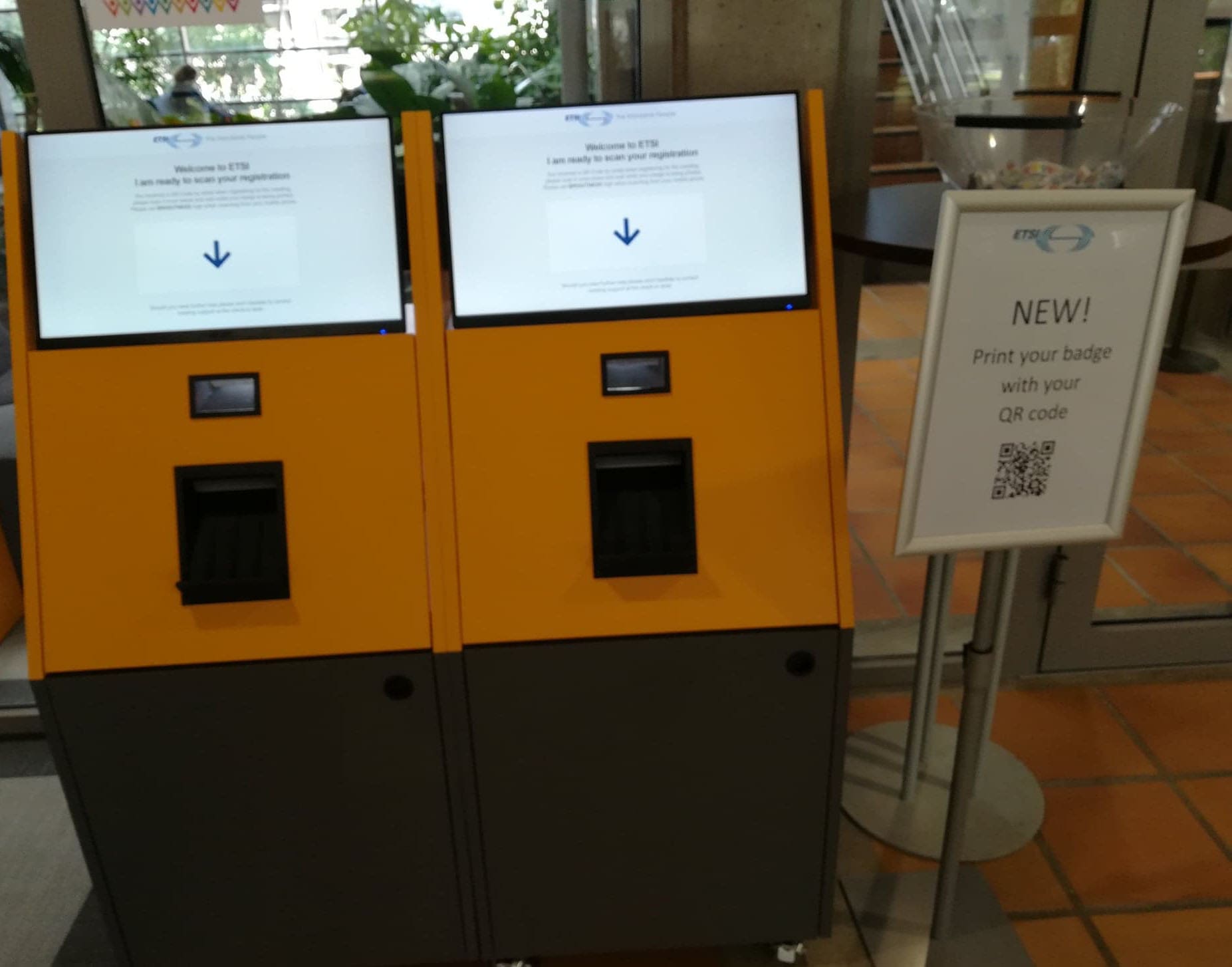ETSI NFV Telco Cloud-native Executive Roundtable at NFV#43 Plenary
2023-10-10 Posted by DENG HUI, NFV Vice Chair 21831 Hits(September 18th, 2023 Copenhagen)
On September 18th, during the NFV#43 plenary meeting, executive leadership members and technical experts from major operators, telco vendors and cloud providers were gathered together to share their companies experience on building the Telco cloud, to discuss the future of this concept, to provide their perspective on how NFV standards could help and/or how they should evolve in this context.
The roundtable started with ETSI ISG Network Function Virtualization (NFV) chair, Yoshihiro Nakajima’s opening speech. Yoshihiro introduced that during the past 10 years, ETSI NFV has provided 100+ specifications and 10000+ contributions, which help 90% of the operators worldwide to successfully move their business onto a modernized, virtualized cloud environment. Recently, ETSI NFV has continued to provide solutions on new key areas including Containerized NF (CNF), green NFV, physical infrastructure management and NFV Service Based Architecture (SBA). Especially for containerized NF support, NFV has published a set of new specifications defining the requirements and solutions for lifecycle management of CNFs, templates, interfaces of Container as a Service (CaaS) and container cluster management.

